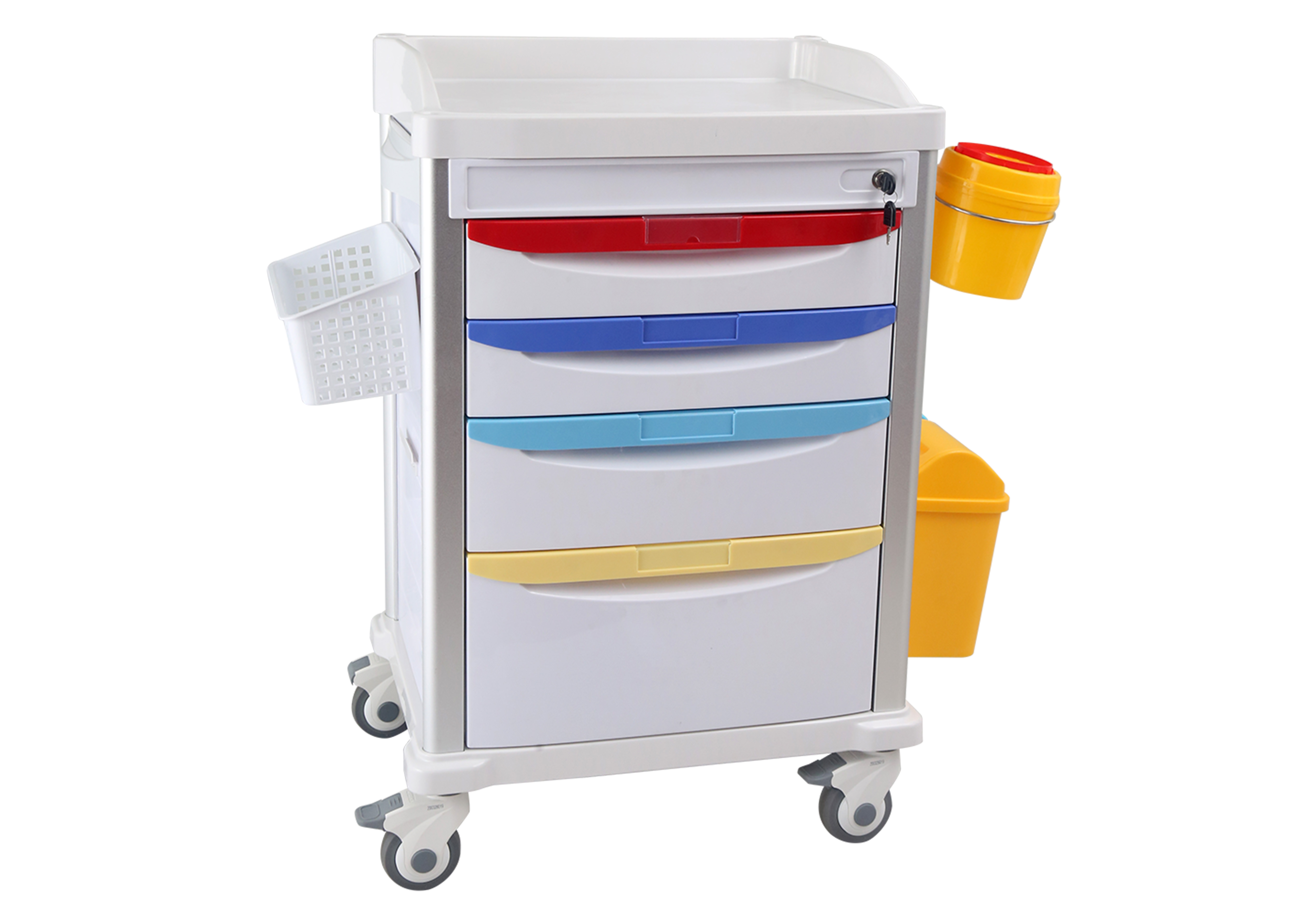Welcome to our websites!
A Comprehensive Guide to Manual Fowler Bed Usage and Benefits
Understanding the Manual Fowler Bed A Comprehensive Overview
In the realm of healthcare, the ability to provide comfort and proper positioning for patients is paramount. One of the innovations that have significantly improved patient care is the manual Fowler bed. This specialized bed allows for various adjustments, ensuring that patients receive optimal support during their recovery process. This article explores the features, benefits, and applications of the manual Fowler bed, providing insight into its role in modern healthcare.
What is a Manual Fowler Bed?
The manual Fowler bed is a type of hospital bed designed to facilitate patient positioning for various medical treatments and comfort. Named after Dr. George Fowler, this bed can be adjusted to a variety of positions, primarily the semi-Fowler and high-Fowler positions. The semi-Fowler position typically involves the head of the bed being elevated at an angle of 30 to 45 degrees, while the high-Fowler position raises the head of the bed to a nearly vertical position of 60 to 90 degrees. This versatility makes it an invaluable tool in clinical settings.
Key Features
1. Adjustability The most significant feature of the manual Fowler bed is its adjustability. Healthcare professionals can manually raise or lower the bed's head and sometimes the foot, allowing for tailored patient positioning based on individual needs.
2. Ease of Use Manual adjustments are typically simple, involving hand cranks or levers. This design allows caregivers to quickly respond to a patient's comfort needs without requiring complex electronic systems.
3. Stability and Safety These beds are designed with patient safety in mind. Robust frames and non-slip surfaces ensure that the bed remains stable, minimizing the risk of accidents during adjustments.
4. Versatile Design Many manual Fowler beds come equipped with additional features such as side rails for added safety, wheels for mobility, and height-adjustable frames, granting further flexibility in care.
Benefits of the Manual Fowler Bed
manual fowler bed

1. Enhanced Comfort Elevating the head of the bed can relieve pressure on the lower back and improve circulation, making patients more comfortable, especially those with respiratory issues or cardiac problems.
2. Facilitates Treatment Patients who must undergo procedures such as feeding, respiratory therapy, or even post-operative care benefit greatly from the manual Fowler bed. The ability to position patients appropriately can facilitate ease of access for healthcare professionals.
3. Supports Mobility The adjustable features can aid patients in getting in and out of bed more easily, encouraging mobility and independence, which are crucial for recovery.
4. Improved Respiratory Function Elevating the upper body helps in reducing the work of breathing and may prevent complications such as aspiration pneumonia in patients with swallowing difficulties.
5. Cost-Effective While electric beds can be costly, manual Fowler beds provide a budget-friendly alternative without sacrificing functionality. They require less maintenance and are less prone to mechanical failures.
Applications in Healthcare
Manual Fowler beds are commonly found in a variety of healthcare settings. They are particularly beneficial in
- Long-term Care Facilities In nursing homes and rehabilitation centers, where residents may need assistance with mobility and daily activities. - Hospitals Used in medical-surgical wards, these beds play a crucial role in post-operative recovery and patient monitoring. - Home Health Care They are ideal for homebound patients, allowing caregivers to provide necessary assistance safely and effectively.
Conclusion
The manual Fowler bed stands out as a vital component of patient care in various settings. Its adaptability, safety, and cost-effectiveness make it a preferred choice among healthcare providers striving to enhance patient comfort and recovery outcomes. As healthcare continues to evolve, the manual Fowler bed remains a reliable tool, ensuring that patients receive the best possible care during their treatment journey. Understanding these beds and their applications can empower both healthcare professionals and families, ultimately fostering an environment of healing and support for those in recovery.
-
Transforming Healthcare with Hospital FurnitureNewsJun.24,2025
-
Rehabilitation EquipmentNewsJun.24,2025
-
Mobility and Independence with WheelchairsNewsJun.24,2025
-
Freedom of Mobility with Our Rollator WalkersNewsJun.24,2025
-
Comfort and Independence with Commode ChairsNewsJun.24,2025
-
Bathing Safety and Independence with Shower ChairsNewsJun.24,2025
-
Navigating the Wholesale Landscape of Electric Mobility Solutions: Key Considerations for Power Wheelchair DealersNewsJun.10,2025











